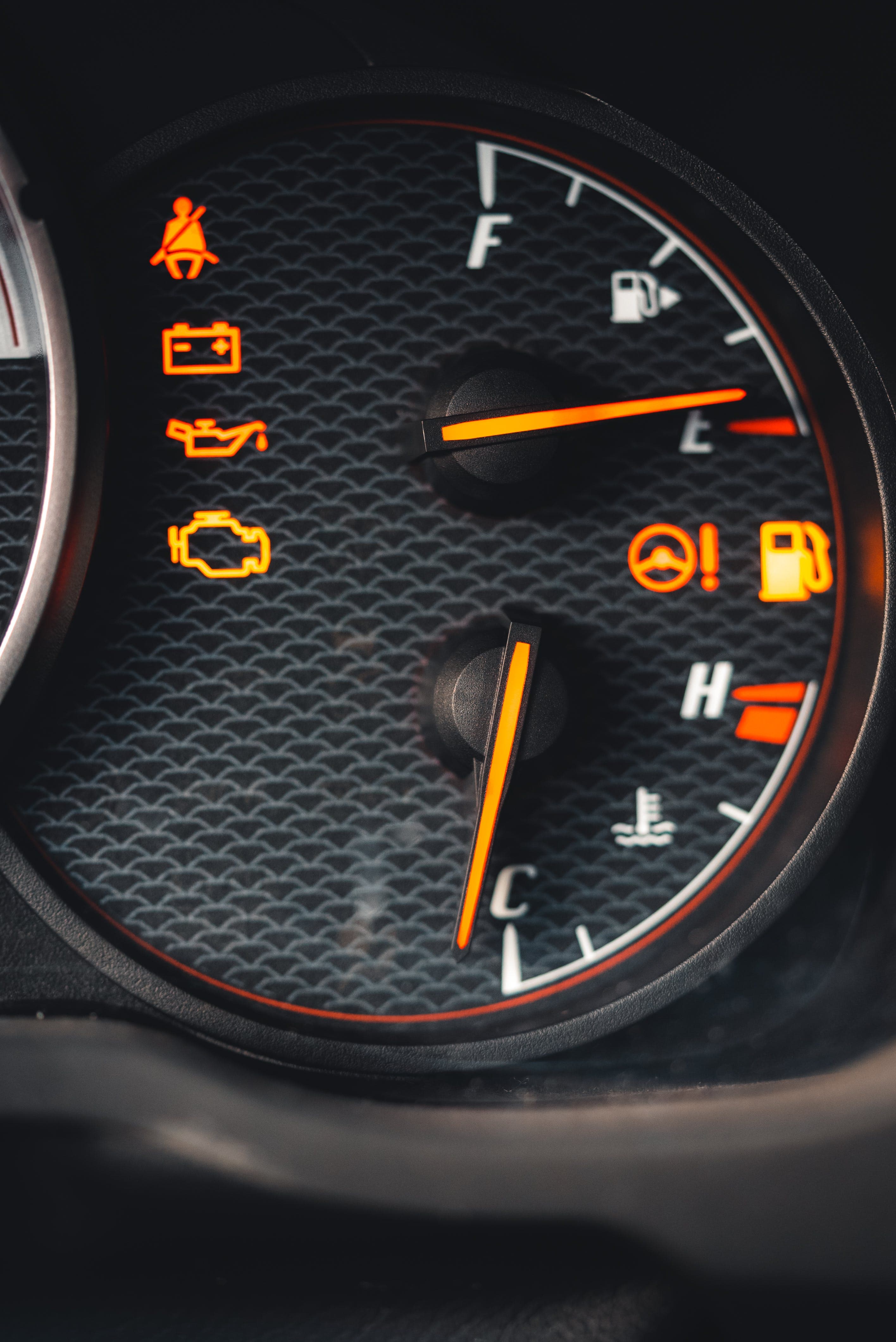Understanding Car Warning Symbols and What to Do
Car warning symbols, also known as dashboard warning lights, are a way for your vehicle to communicate potential problems to you. They can range from simple maintenance reminders to critical alerts that may require immediate attention. This guide will help you understand these symbols and what actions you should take when they appear.
The Basics of Car Warning Symbols
Most car warning symbols fall into two categories: warning lights and indicator lights.
-
Warning Lights: These symbols usually indicate a more serious issue that may require immediate attention. They typically illuminate in red or yellow.
-
Indicator Lights: These symbols light up when a specific feature or function is active, e.g., the seatbelt sign when your seatbelt isn't fastened. They are less urgent but still essential to heed.
Common Car Warning Symbols and Their Meanings
-
Engine Warning Light (Malfunction Indicator Lamp): This symbol looks like an engine and can signify multiple potential issues, ranging from a loose gas cap to a serious engine malfunction. If this lights up, it's advisable to get your car checked by a professional as soon as possible.
-
Brake Warning Light: This symbol signifies a potential issue with your brake system. If it illuminates, check if your handbrake is engaged. If it's not, immediately seek professional help as it can be a critical safety issue.
- Battery Charge Warning Light: If this symbol, which looks like a battery, lights up, it indicates a problem with your car's charging system. It could mean the battery isn't charging correctly, which might lead to a breakdown.
-
Oil Pressure Warning Light: This symbol indicates that the oil pressure in your engine is too low. Driving with insufficient oil can severely damage your engine. If you see this light, stop your car and check your oil levels.
-
Coolant Temperature Warning Light: This symbol shows that your engine's temperature is higher than it should be. If you see this light, pull over and let your engine cool down to prevent overheating.
What to Do When a Warning Symbol Lights Up
-
Don't Panic: The first rule is not to panic. Many of these symbols illuminate as routine checks when you start your car. If they continue to stay on while driving, however, you should take action.
-
Understand the Urgency: Red and flashing lights indicate more urgent issues. If you see these, you should stop driving as soon as it's safe and seek professional help.
-
Check Your Car Manual: Your car's manual will have a detailed breakdown of what each symbol means and the recommended course of action.
Remember, these symbols are there to help you maintain your vehicle's health and your safety. Don't ignore them and seek professional assistance if you're unsure what they mean or how to respond.
